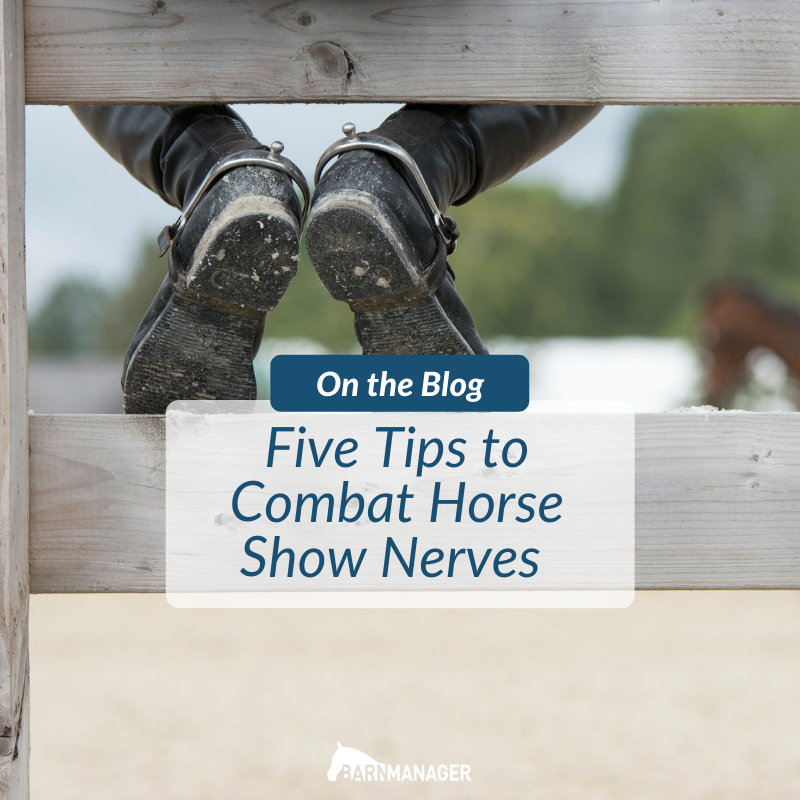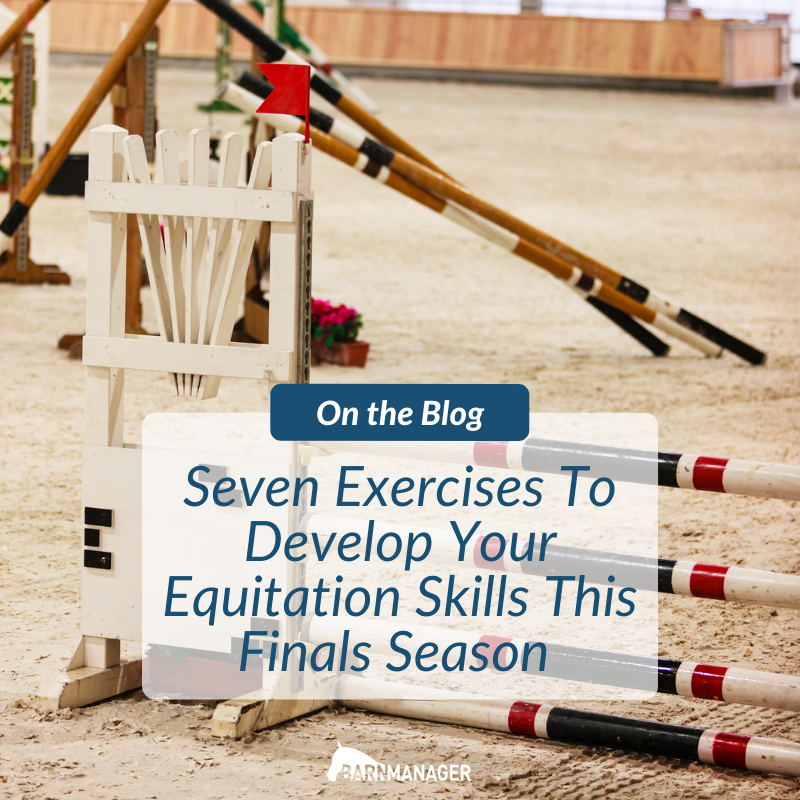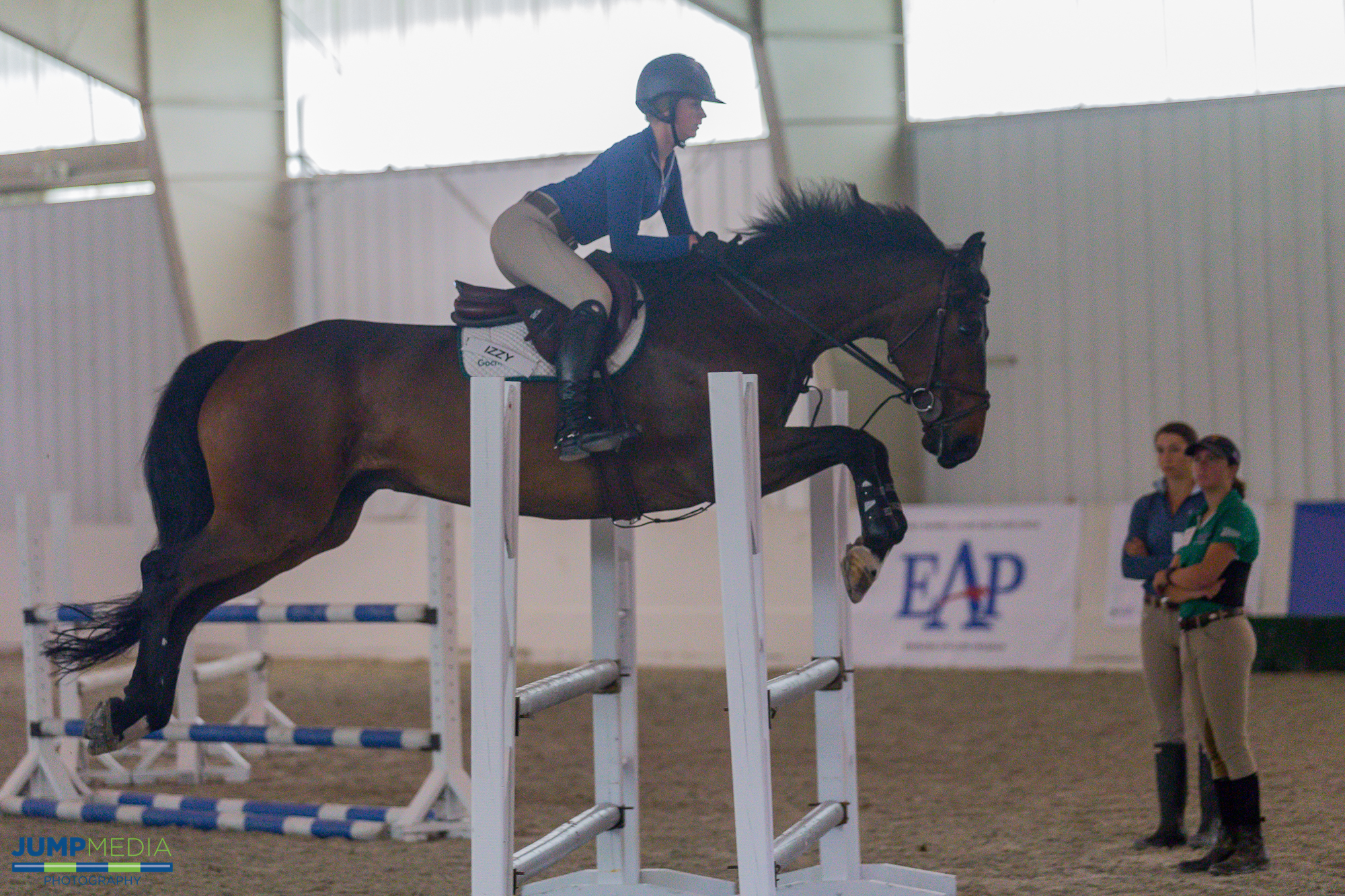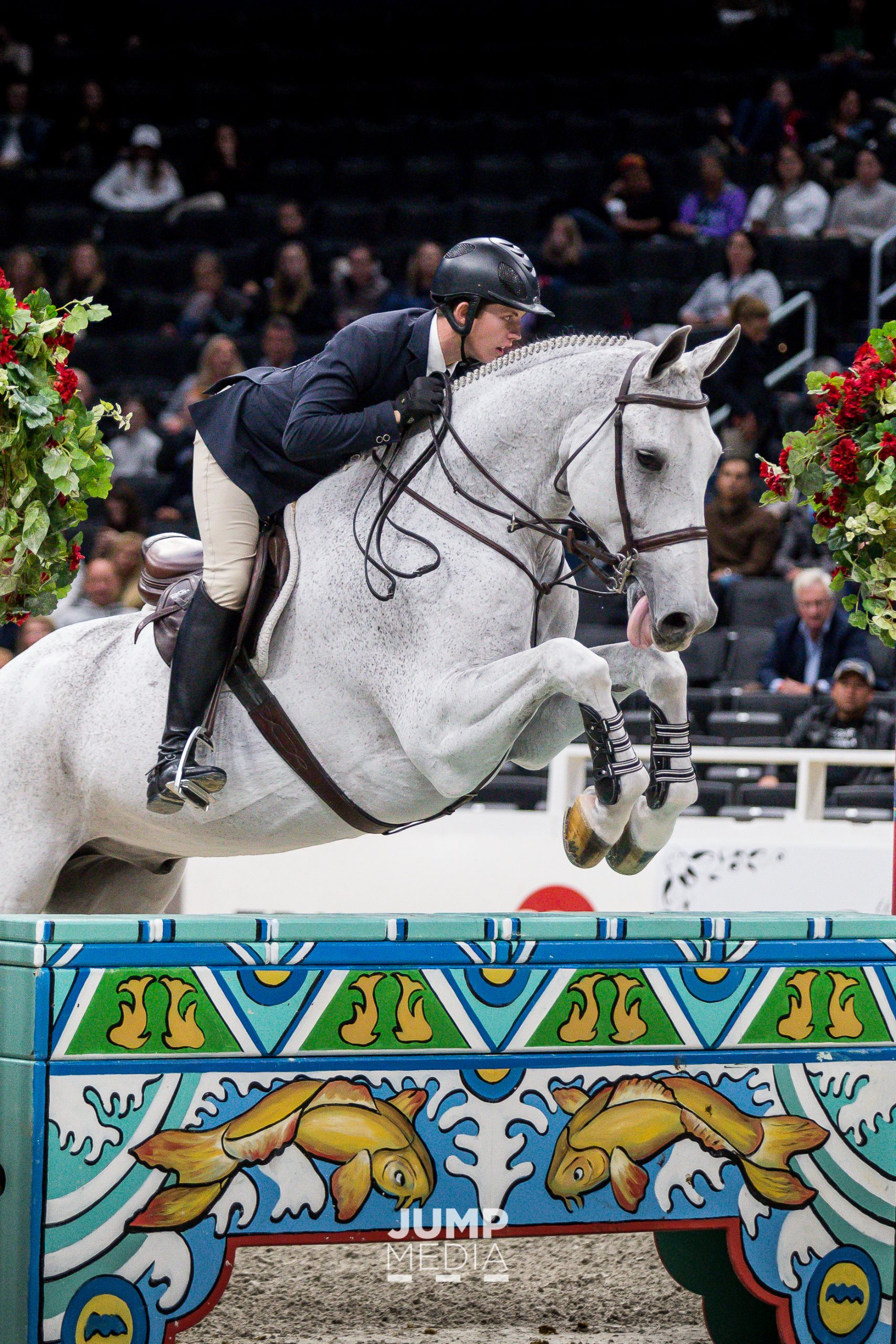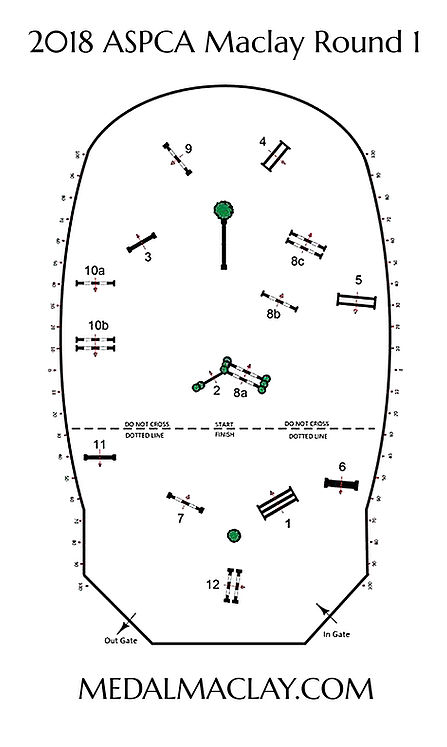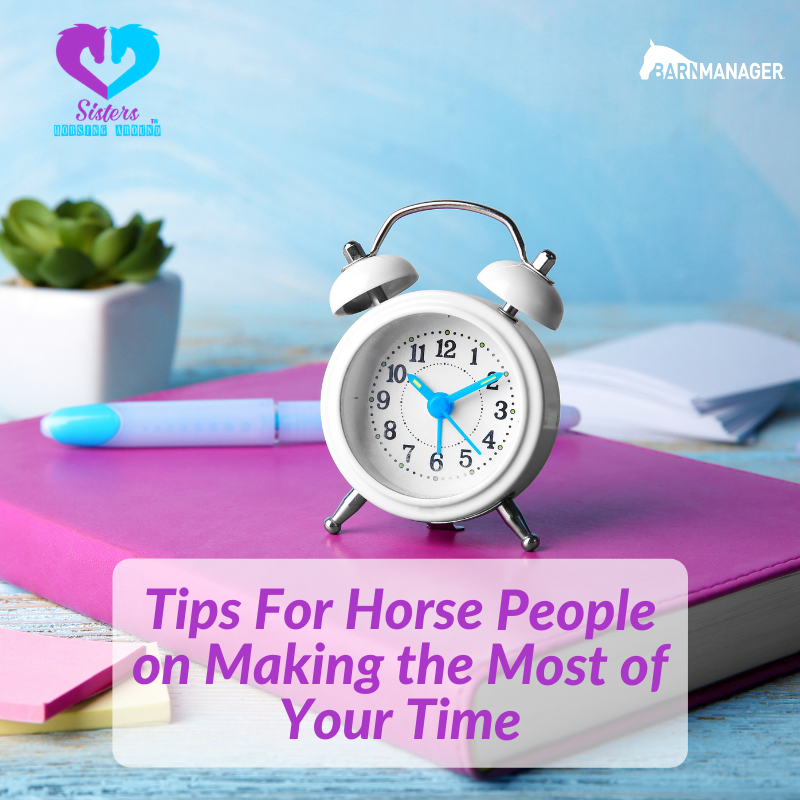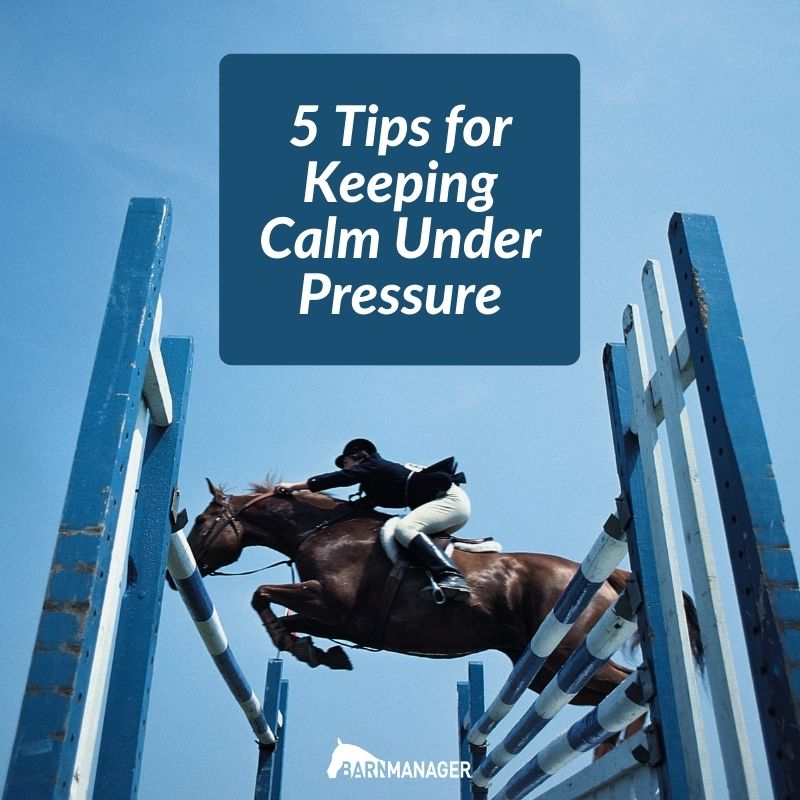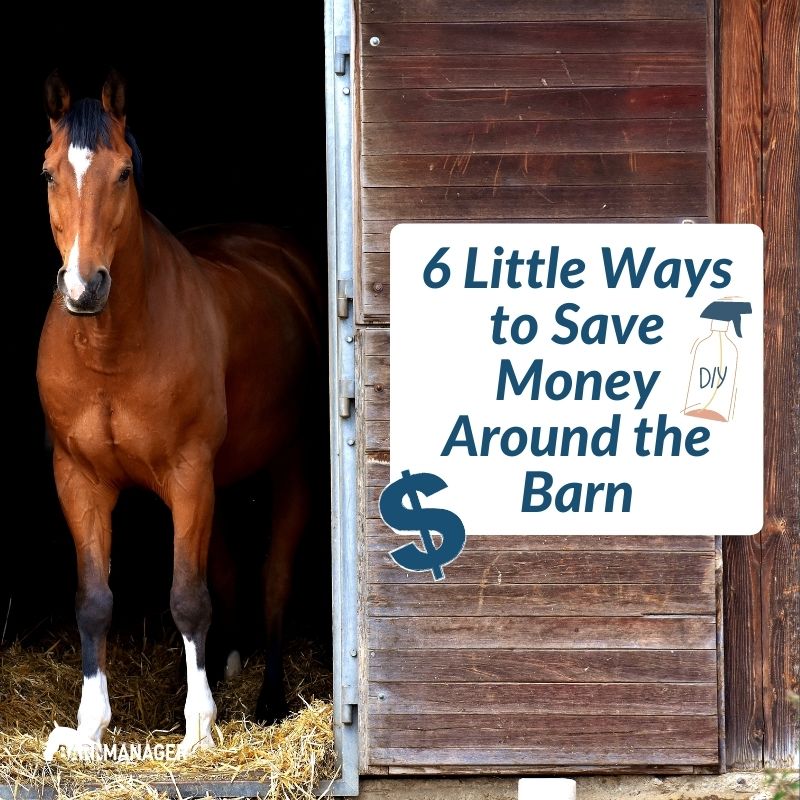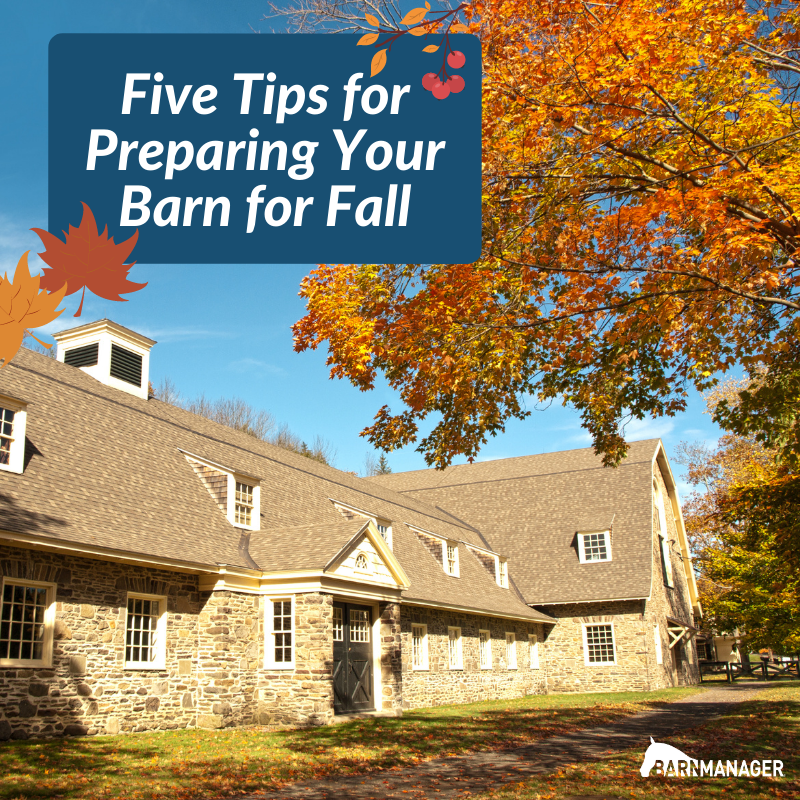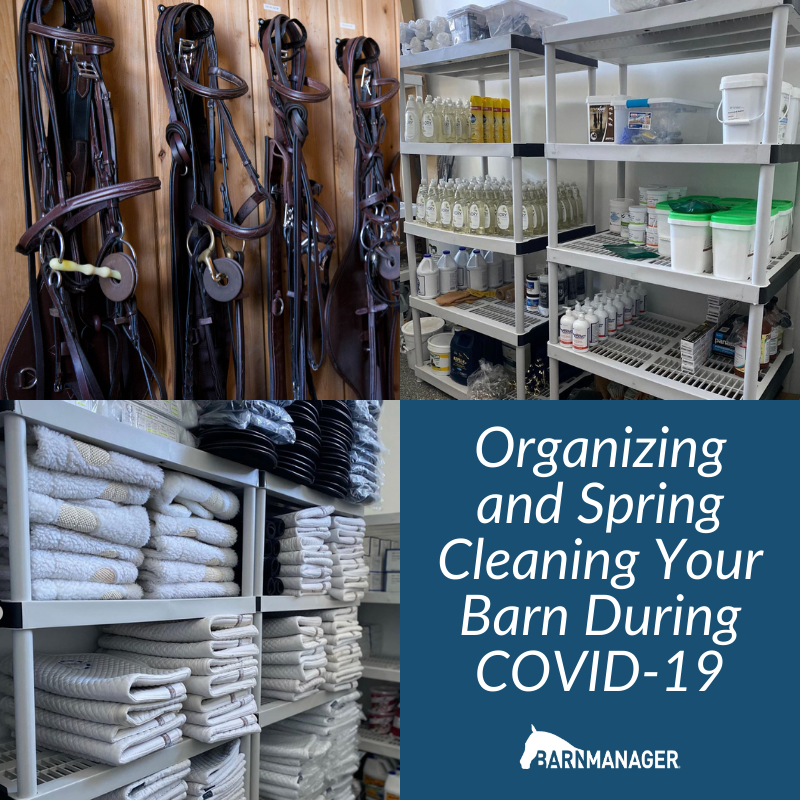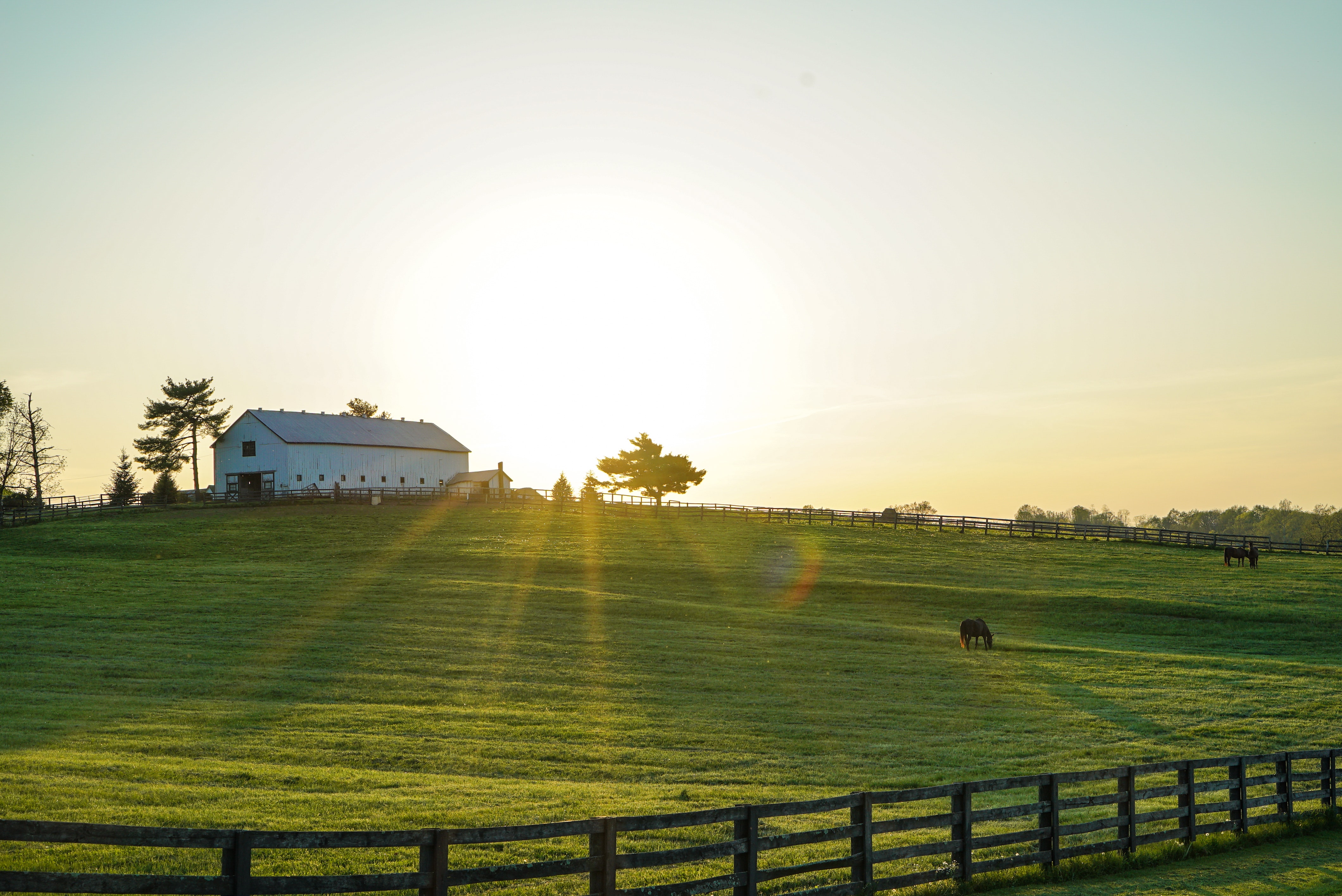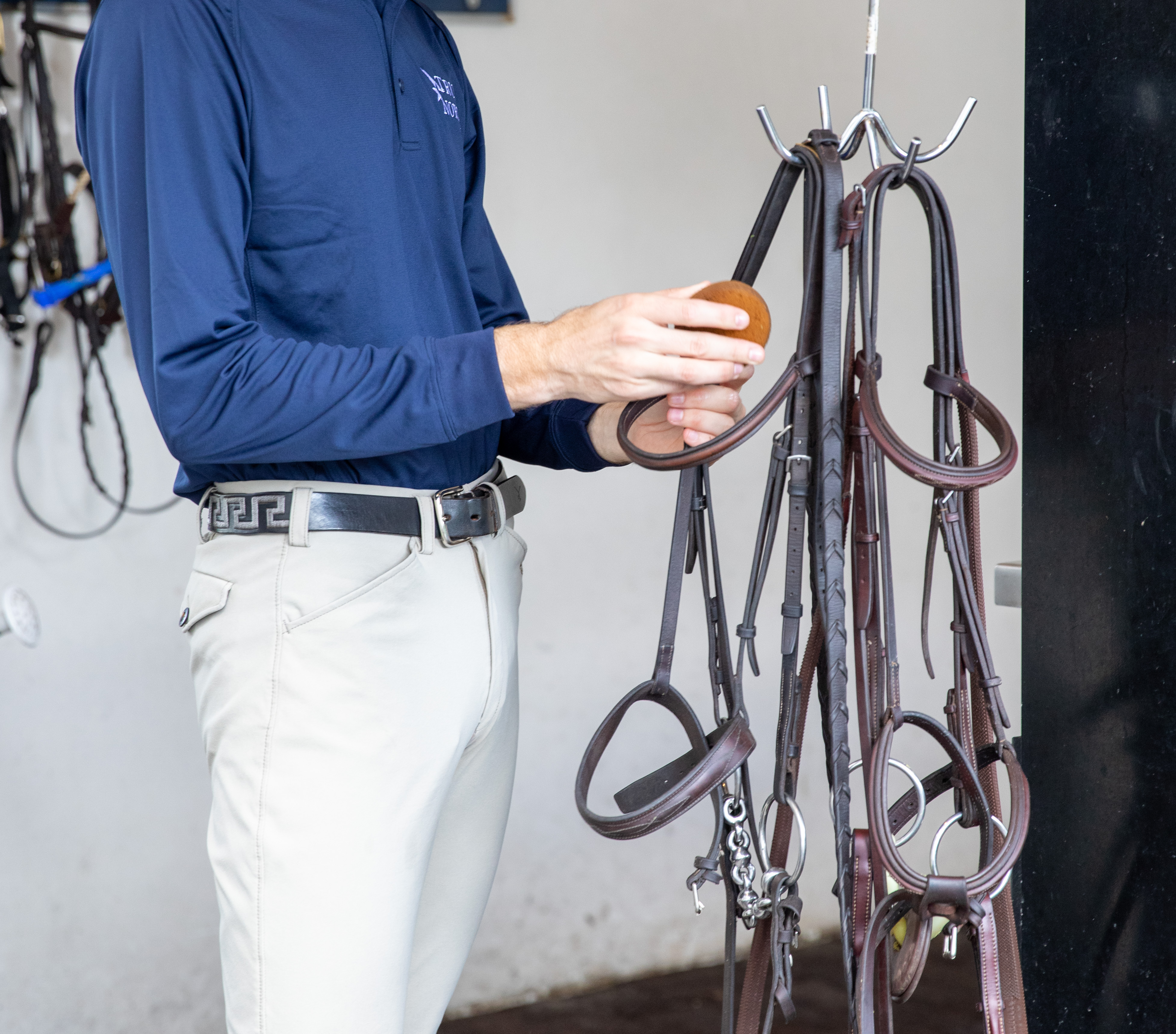Five Tips To Combat Horse Show Nerves
Horse show nerves can be one of the biggest challenges to cope with while competing. Even some of the most well-known and successful riders admit they get nervous before big events. While nerves can actually help some people perform at their best, they can have a negative effect on others. Here are some tips to help you combat those anxious feelings.
1. Visualize
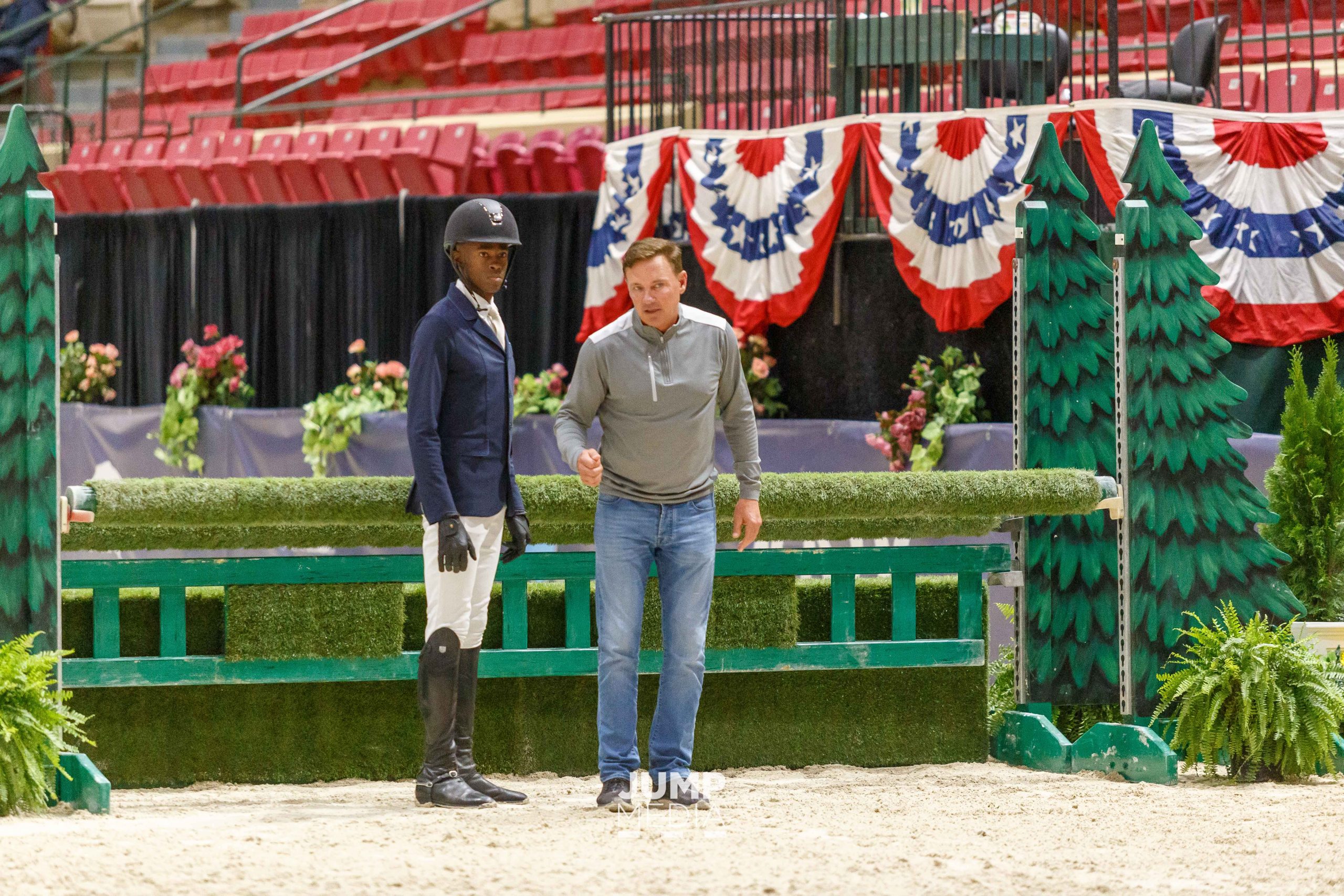
Think about what a good performance would feel like. If you are jumping, for example, start by learning your course, then visualize yourself successfully completing it. Imagine riding the track from the moment you enter the ring all the way to the last fence. If your horse drifts to the right or has a tough lead change, visualize where you see the problem arising and how you will fix it. Think about small details like where you want to make your turn to a diagonal fence or how you may need to ride forward in the first line. Going over your ride step by step several times in your head will help you feel much more familiar with the course when you step into the ring.
2. Focus on Factors You Can Control
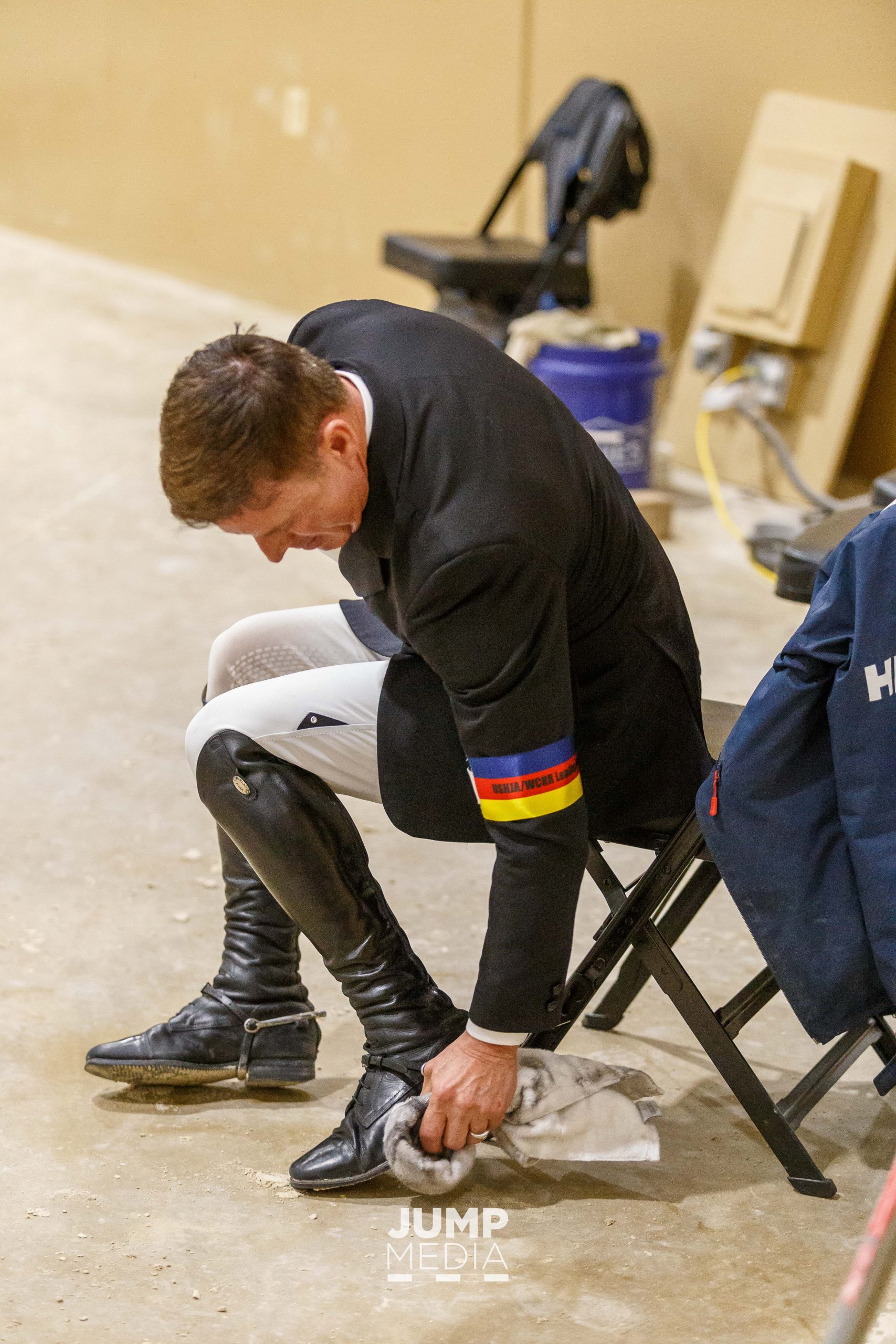
Horse showing involves dealing with many factors that you cannot control. Worrying about the weather or if a loud noise might spook your horse are not productive thoughts. Stressing about factors beyond your control will not make them less likely to happen. If you cannot get these thoughts out of your head, come up with a plan or ideas of what to do if these situations do occur instead of just dwelling on them. For example, if you think that your horse may spook at a person on the far end of the ring, plan to be aware of that and ready to focus their attention back to you.
Calm your nerves by focusing on the things you do have control over. Take time to make sure both you and your horse are ready for the ring and look and feel your best. Little things like getting a good night’s sleep, eating a healthy breakfast, checking all your tack, and packing your ring bag ahead of time can all help you feel more at ease. Additionally, try to get to the show early enough to learn your course, watch if possible, and make a plan with your trainer so that you feel more confident.
3. Remember To Breathe
Once you have gone over your course and are confident in your plan, take time to unwind. Think about your breathing and keeping your body calm. Remembering to breathe, especially while on course, will help your body and mind stay relaxed. When your body stays relaxed, your horse will not pick up on any tension from you. At the in-gate, take a couple of deep breaths to calm yourself down before you step into the ring. Also, pick places around the course where you will remind yourself to take a moment to regroup and breathe.
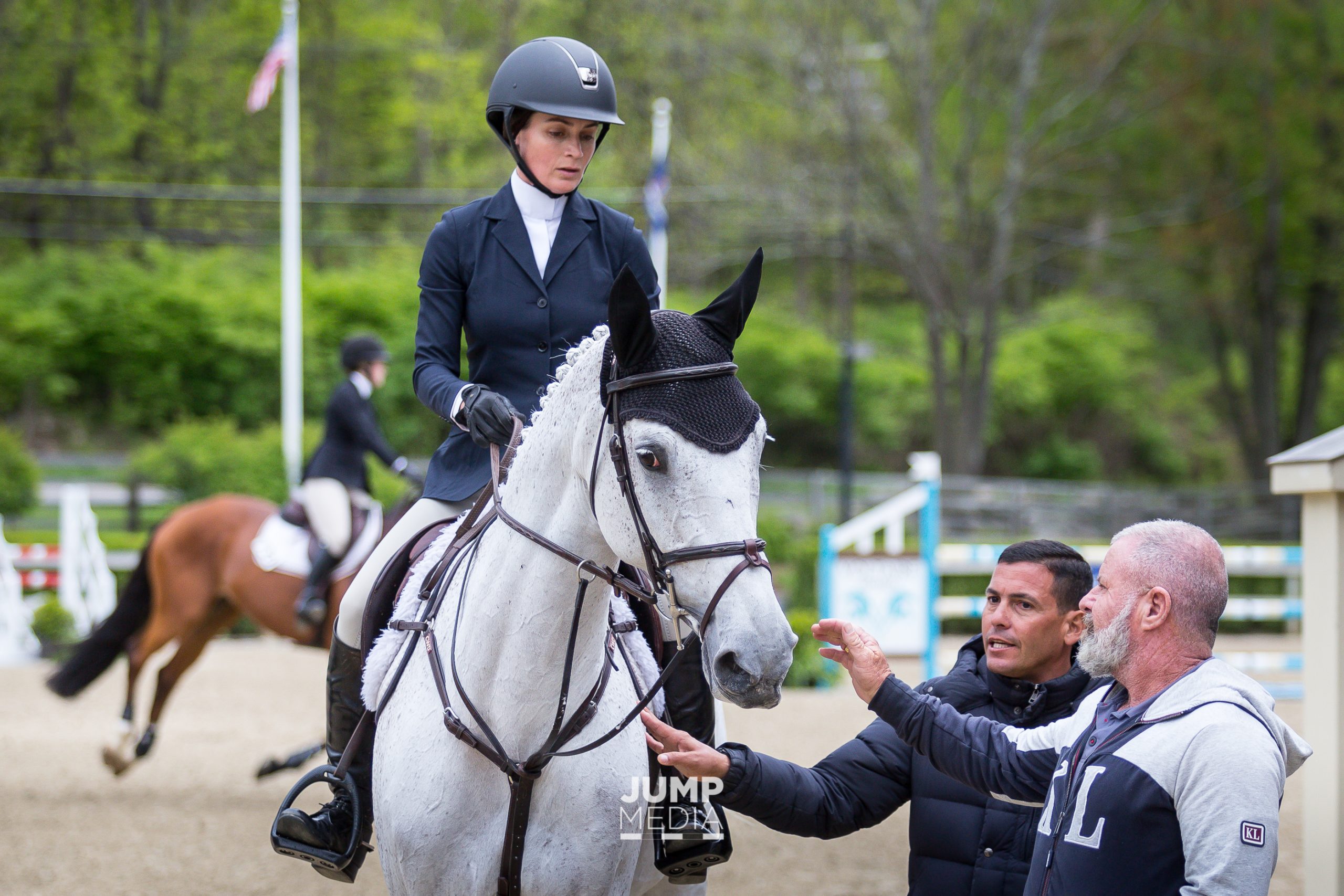
4. Discuss Your Nerves
Nervousness is not something you should hide. Talking through your worries and nerves with your friends, a trainer, or a psychologist can help lessen your stress. Try to pinpoint the one feeling, situation, or fear that is making you nervous so that you can then address it. Also, it is important to let your trainer know you are struggling with anxious feelings so they are aware and can better help you at the ring. By opening up about your worries, you may also learn more about how other people cope with their nerves going into the show ring.
5. Give Yourself a Break
Being nervous before a competition is completely normal and part of the horse show experience for many people. Try not to beat yourself up for getting nervous before competing. Accept your worries instead of overthinking them and letting your stress get the best of you. Focus on ways to manage your nervous feelings so you can enjoy your horse show experience instead of only worrying about it.
Have questions about utilizing BarnManager or want to give it a try for yourself? Request a live demo here!
